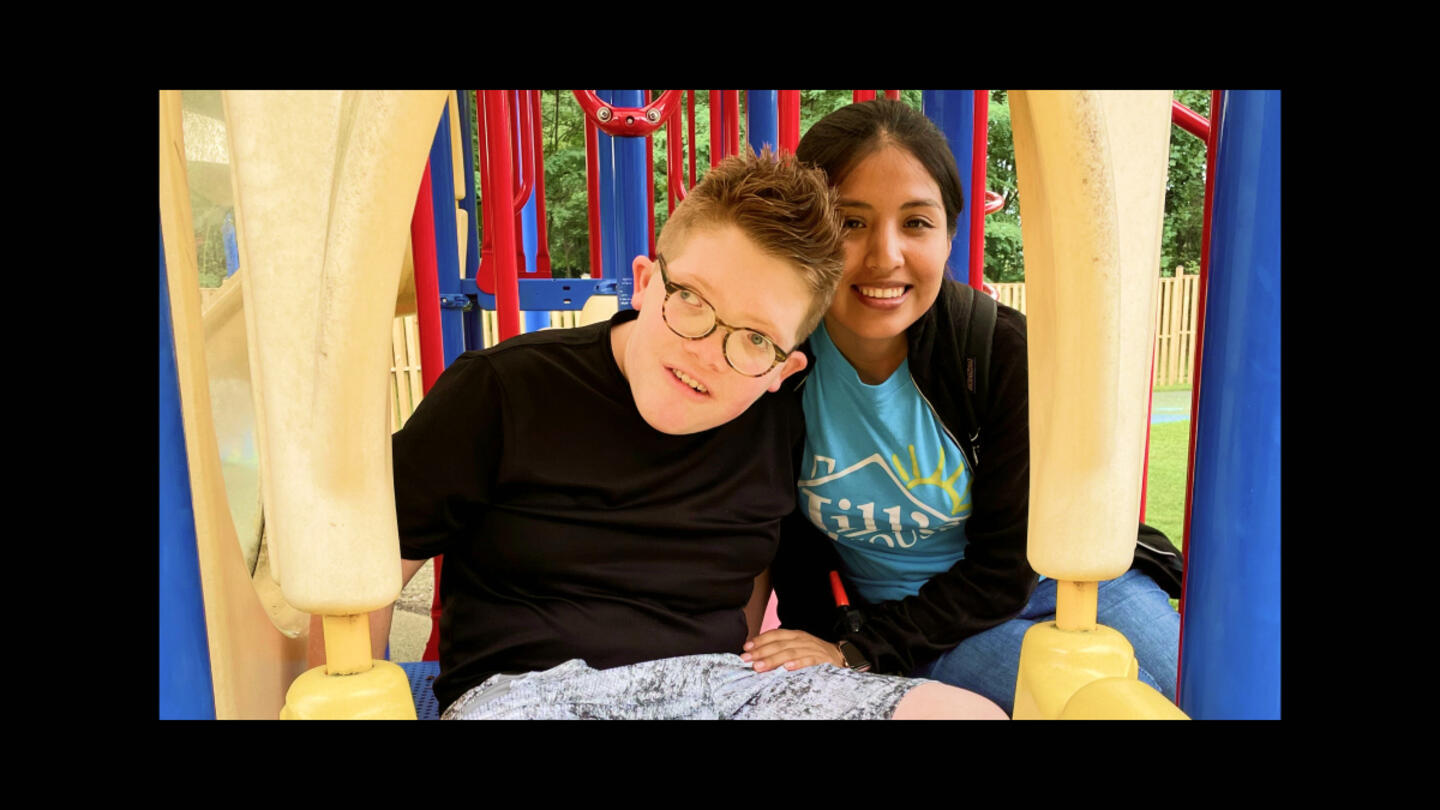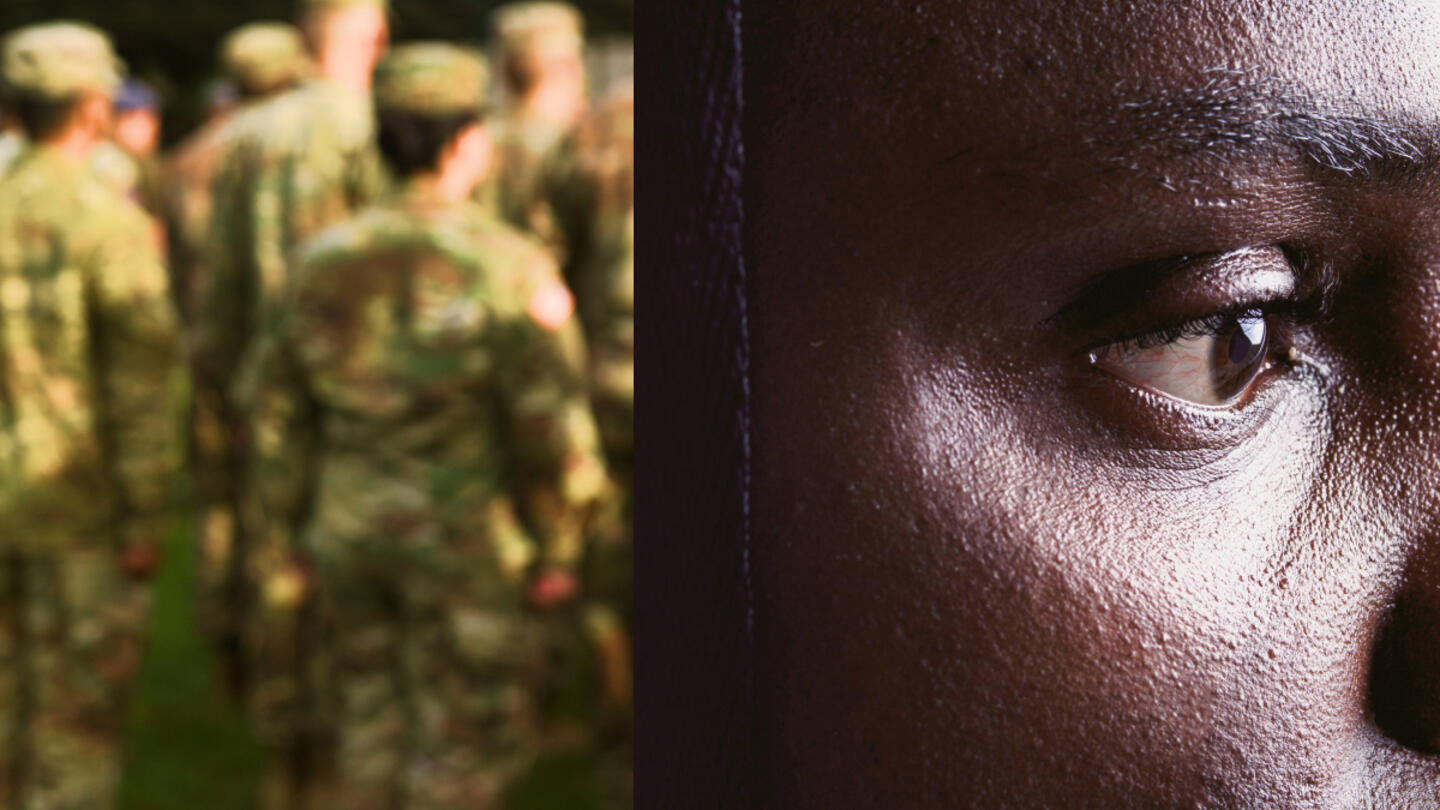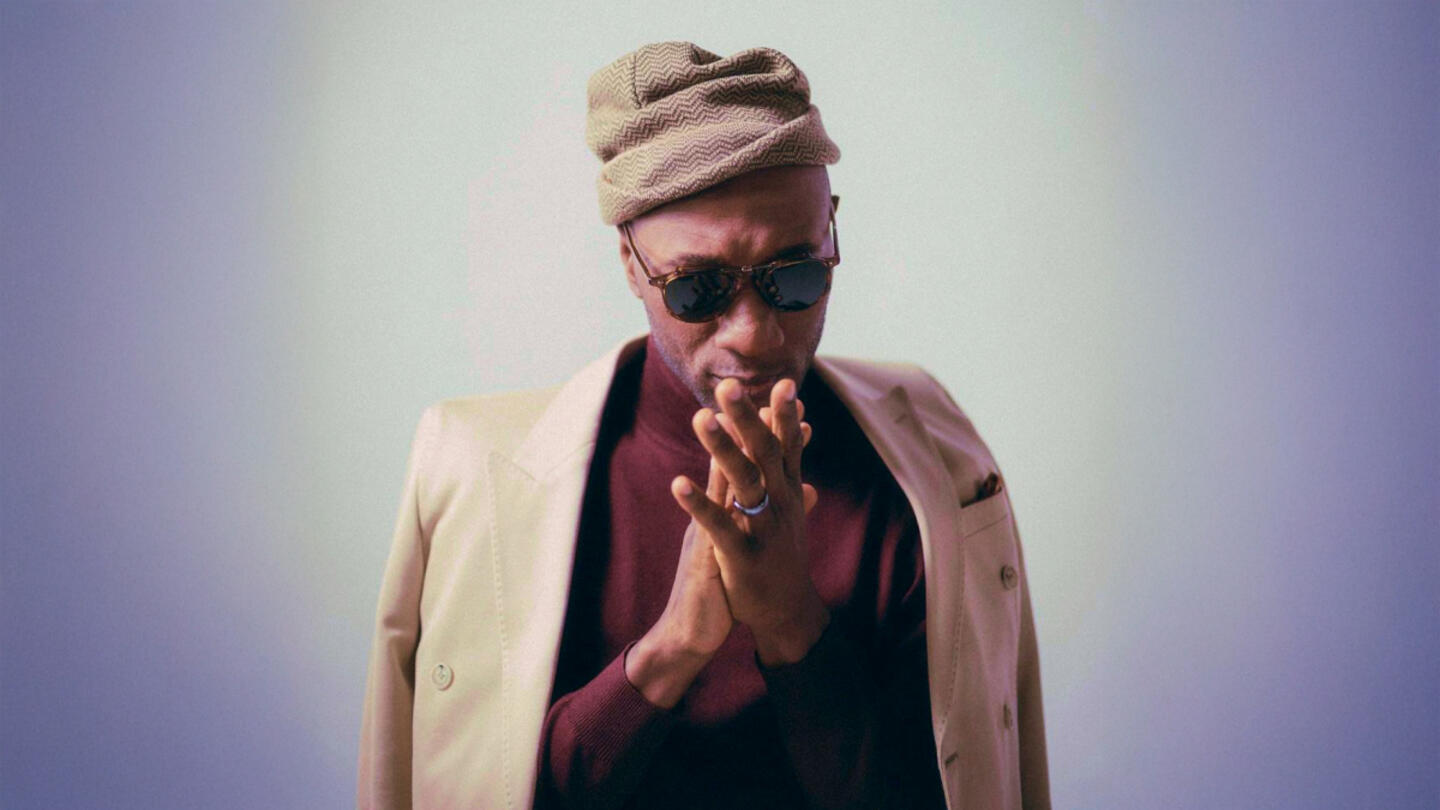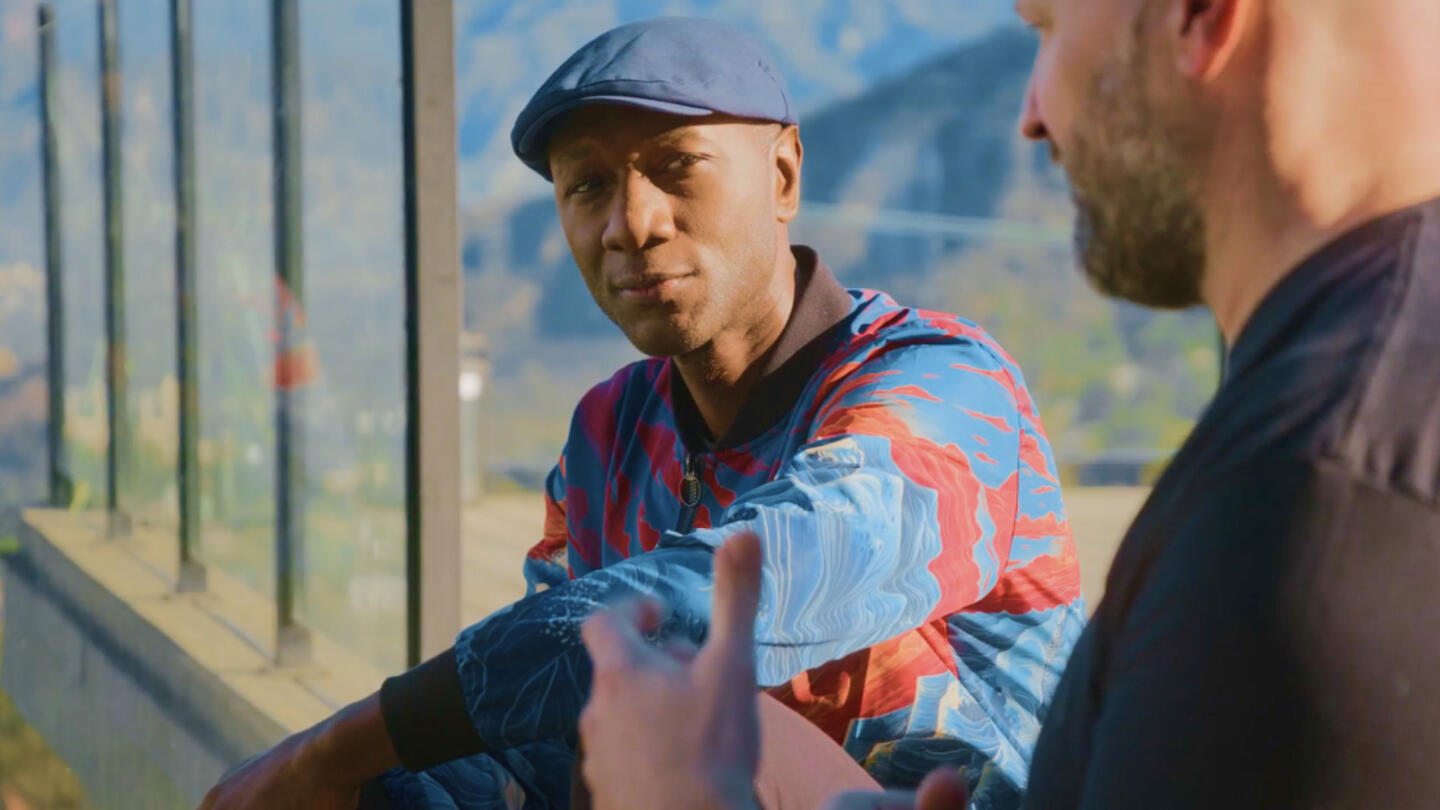It's one of the most common questions asked of abuse survivors: Why can't you just get over it?
As it turns out, there’s a neurological reason. Several, in fact.
“They literally can’t,” said Betsy Kanarowski, the chief clinical officer at Saprea, an organization that helps women heal from the long-term effects of childhood sexual abuse. “That’s not how trauma and your brain work.”
Last year, Stand Together featured Saprea in an article and focused on the way childhood abuse follows people into adulthood. Now, we’ve spoken with the medical staff to understand how science can explain exactly why.
In the United States, an estimated 1 in 5 children are victims of sexual abuse, and they later grow into adults grappling with these complications. With so many members of the population affected, it's crucial that we seek understanding as a society.
However, scientific research into trauma often gets trumped by social shame and taboo. This conversation is vital, not only in terms of understanding trauma as a society but also in terms of individual recovery. Communities can guide each other toward recovery if there is clear and comprehensible research into why healing is so hard.
So what is the science?
Childhood sexual abuse can quite literally rewire the brain’s neural pathways, affecting a person’s actions and thought processes for years afterward. Saprea’s unique approach directly works with the ways childhood abuse can sometimes root itself into the body, causing triggers and reactions that many survivors may not even realize are a result of their abuse.
In the methodology Saprea uses, childhood sexual abuse is understood as a health problem in addition to an emotional one. It’s more akin to a chronic disease. Treatments for those illnesses are rooted in medical science, so shouldn’t this one be, too?
Through this lens, Saprea is demonstrating to society a new solution to childhood sexual abuse — one that is rooted in the healing power of community.
Why the trauma of childhood sexual abuse carries into adulthood
How can an event that took place years or even decades before still affect an individual as if it happened yesterday? According to Kanarowski, it’s partly because trauma doesn’t recognize a timeline.
The abuse that takes place in childhood has long-term effects that last well into adulthood. People who were sexually abused as children are three times more likely to attempt suicide later in life. Abuse survivors are 40% less likely to graduate from high school than nonabused peers and five times more likely to be hospitalized for mental health issues, including depression, anxiety, and eating disorders. And 20% of survivors develop substance use dependency by age 30.
“What people say is, ‘Well, it happened in the past, and so can't you just see that it's in the past and get over it?’” Kanarowski explained. “But unfortunately, that's not how the brain works. … The part of our brain that deals with trauma can't tell time. Trauma triggers come into people's lives. Instead of the brain saying, ‘Oh yeah, this is a memory from the past,’ a person is emotionally and physically experiencing this trauma like it's happening right now — in these very devastating ways in their mind, their body, their emotions.”
Certain sights, sounds, smells, or even colors and shapes can remind a person of their abuse — and that reminder is all the brain needs to signal to the body that the threat is still very real and very present. Kanarowski pointed out that in this way, the brain is behaving as it was designed: to protect its owner from danger. The amygdala’s powerful mission, developed over millennia of evolution, is to watch out for risks. When its survival instinct, however misinformed, kicks in, simply reasoning with oneself or trying to ignore triggers doesn’t work.
Sexual abuse that occurs during childhood can disrupt a young person’s brain right in the middle of its most critical periods of development. This trauma isn’t just emotionally upsetting: It can literally hijack and rewire a child’s neural pathways.
“Abuse can actually change the structure of the brain in very severe cases,” said Kanarowski. “It forms neural pathways that are responses. And these responses, when you're being abused, are the things that keep you alive. So if you dissociate and feel yourself floating out of your body and going somewhere else, that's the survival part of your brain keeping you okay in the moment. These can become more ingrained patterns later on as you get into adulthood. When a trauma trigger happens, that's the go-to response, even though that threat is not [happening] right now.”
According to Chris Yadon, chief executive officer of Saprea, it is these neural pathways that are responsible for the long-term effects of trauma.
“The impact that occurs 20 years later, 30 years later when that childhood trauma has gone unaddressed is where it really takes its toll,” he said. “Yes, it takes its toll in the moment, but it really takes its toll over time. The body isn't designed from a physiological standpoint to deal with that level of stress and stress responses for an extended period of time. So it starts breaking us down physically, mentally, emotionally. Every aspect of our life starts to dismantle and be disrupted.”
Oftentimes, the effects of childhood sexual abuse surpass the survivors themselves and can have reverberating effects on their children. The long-term effects of childhood sexual abuse can create generational patterns of trauma that are extraordinarily hard to break. Yadon explained that a child whose mother was sexually abused is 3.7 times more likely to be sexually abused themselves.
This often isn’t because the mother abuses her child but rather because she is grappling with the fallout from her own abuse. Often, adult survivors are coping with the symptoms of their trauma and are therefore more likely to be struggling with substance use disorder, domestic violence, or other effects. Their children are put into higher-risk environments in which they are more likely to be abused themselves.
“This is why we see generational abuse,” Yadon explained. “It's more common if my mom's been abused that I'll be abused, and then to my children, and then my children's children. It passes down through families.”
New pathways in the brain can actually break the cycle
Despite all of the obstacles survivors face, there is also real hope. If the causes of long-term post-traumatic stress disorder have scientific explanations, so do the solutions.
“It's not a hopeless thing that will be automatic forever,” Kanarowski said. “Brains are amazing. As you work on making new neural pathways in response to trauma, you can work on … chang[ing] how those trauma triggers are affecting you. It's hard work, but that's the great thing about the brain.” This is called neuroplasticity.
Saprea uses the scientific research behind trauma to inform science-backed healing practices, starting with its therapy programs. Counselors work to address the unique experiences that childhood sexual abuse survivors grapple with that are distinct from other victims of PTSD.
For instance, the standard option for survivors has long been individual therapy, but it’s far from a comprehensive approach that recognizes the various layers of damage childhood abuse can have. Research “continues to show us and tell us that engaging the physical body and helping the body reintegrate with the brain is an important and critical part of healing from child sexual abuse,” Yadon said. Recognizing this, Saprea allows participants to experiment with an array of trauma-sensitive therapies, including yoga, martial arts, tai chi, and mindfulness practices.
Importantly, recognizing childhood sexual abuse as a medical issue means that tackling it isn’t an individual’s job — it’s the community’s. There is no community that isn’t affected by childhood sexual abuse. Both Yadon and Kanarowski said the issue is prevalent across socioeconomic, racial, and religious groups, including in developed and developing nations.
Sign up for the Strong & Safe Communities newsletter for stories, ideas, and advice from changemakers working with their neighbors to address the biggest problems we face.
To help survivors undo damaging neural pathways that have been decades in the making, it takes long-term, consistent support from peers, medical professionals, and case workers who can work together to unravel the taboos, fears, and wounds that can keep an individual trapped in a cycle.
“Research suggests that the role of community is absolutely vital in healing from child sexual abuse,” said Kanarowski. “Trauma happens in isolation, and healing happens in a compassionate community. That community part of healing is absolutely key in working through trauma.”
To that end, Saprea has seen success from its in-person retreats and peer-led support groups, which center around bringing survivors together. The organization specifically designs community-centered approaches that allow individuals to pursue healing for years to come. This also enables survivors to not just manage symptoms of PTSD — which many treatment models focus on — but to also uncover and heal the root causes of their pain, which is critical for sustainable, long-term healing.
If childhood sexual abuse takes years to come to light, it can also take years to break those neurological patterns. That’s not an easy or quick path forward, but having community support is scientifically proven to make the probability of success much higher.
Beyond working directly with those who have been victims of childhood sexual abuse, Saprea is also creating a culture of parents and caregivers empowered with knowledge and tools to understand warning signs and how to communicate openly and productively with children about this difficult topic. Its network includes faith groups, schools, and businesses. The organization educates the public through podcasts and other media.
Saprea believes the more members of society are knowledgeable and open about childhood sexual abuse, the more children will be raised in environments where they feel comfortable speaking up if they’ve experienced abuse — and then early intervention can have dramatic preventative effects.
“If we can intervene in those early days after something has occurred with a child, the likelihood that they're going to deal with the long-term impacts and the post-traumatic stress goes down tremendously,” said Yadon. “It's horrible that something happened to them, but if we can intervene and stop it there, we can stop the lifelong impacts of that childhood trauma.”
When one person heals, everyone can feel it
So, how does Saprea know its approach is moving the needle? In just eight years,, the 4,300 women who have participated in Saprea’s retreat program report a 45% average increase in life satisfaction and a 37% decrease in PTSD symptoms that lasted at least one year post-program.
How does that translate into daily life?
“Post-traumatic stress symptoms are how trauma is impacting your life, whether that's depression, insomnia, panic attacks, flashbacks, things like that,” Kanarowski explained. “So when you decrease that 37%, this is where you start to think, ‘Okay, I have the bandwidth for a relationship, for going to school, for being present with my kids.”
Releasing the burdens of childhood sexual abuse doesn’t just have the potential to transform survivors’ lives — it has the potential to transform society as a whole. Kanarowski pointed out that the intergenerational effects of one child’s trauma can metastasize to affect their siblings, parents, grandparents, and peers. Although that might seem discouraging, there’s a big upside: Every generation stands to benefit when community members are liberated from the damaging effects of PTSD and supported in being the person they want to be.
“We’ve allowed, through our secrecy around this issue, for the stigma to close in on us,” Yadon said. That has allowed for the subsequent prevalence of substance use, incarceration, eating disorders, and suicide, all of which “constrain us as a society and constrain our ability to be our best selves as a society.”
This can change. “When we get a community in with people, this is life-changing,” she said. “This is where people start to feel, ‘I'm okay. This happened to me, but it wasn't my fault.’ They let go of some of that shame.”
***
Saprea is supported by Stand Together Foundation, which partners with the nation’s most transformative nonprofits to break the cycle of poverty.
Learn more about Stand Together’s efforts to build strong and safe communities, and explore ways you can partner with us.

At this ‘resort,’ children with intellectual disabilities are seen as gifts to be celebrated and loved.

Veterans experience loss when leaving service. Could this be key to understanding their mental health?

The Grammy-nominated artist is highlighting the stories we don’t get to hear every day.

With his latest project, Blacc isn’t just amplifying stories — he’s stepping into them
